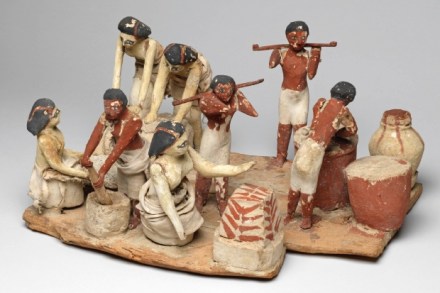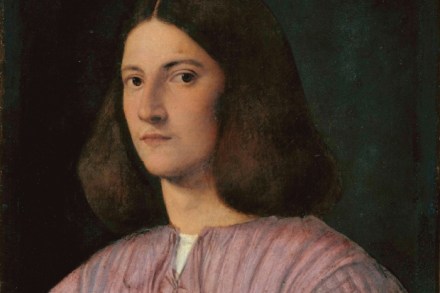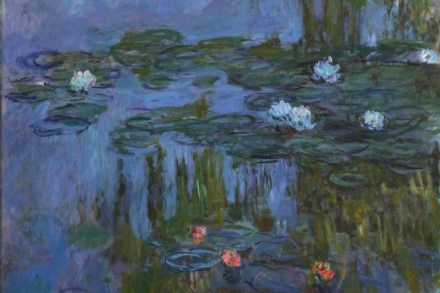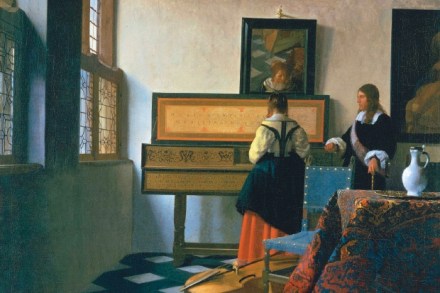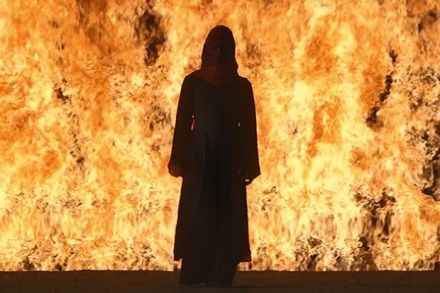Close encounters | 19 May 2016
A story John Piper liked to tell — and the one most told about him — is of a morning at Windsor presenting his watercolours of the castle to King George VI and the Queen. She admired his storm-tossed battlements; the King did not. ‘You seem to have had very bad luck with your weather, Mr Piper.’ If this was a criticism of the artist’s gloomy and gothic tendency, it was an unfair one. Mr Piper was very unlucky with his weather. In Caernarvonshire in 1945, on a sketching trip with two small children in tow, it never stopped drizzling. In 1946, on another family sketching holiday in Pentre, his






